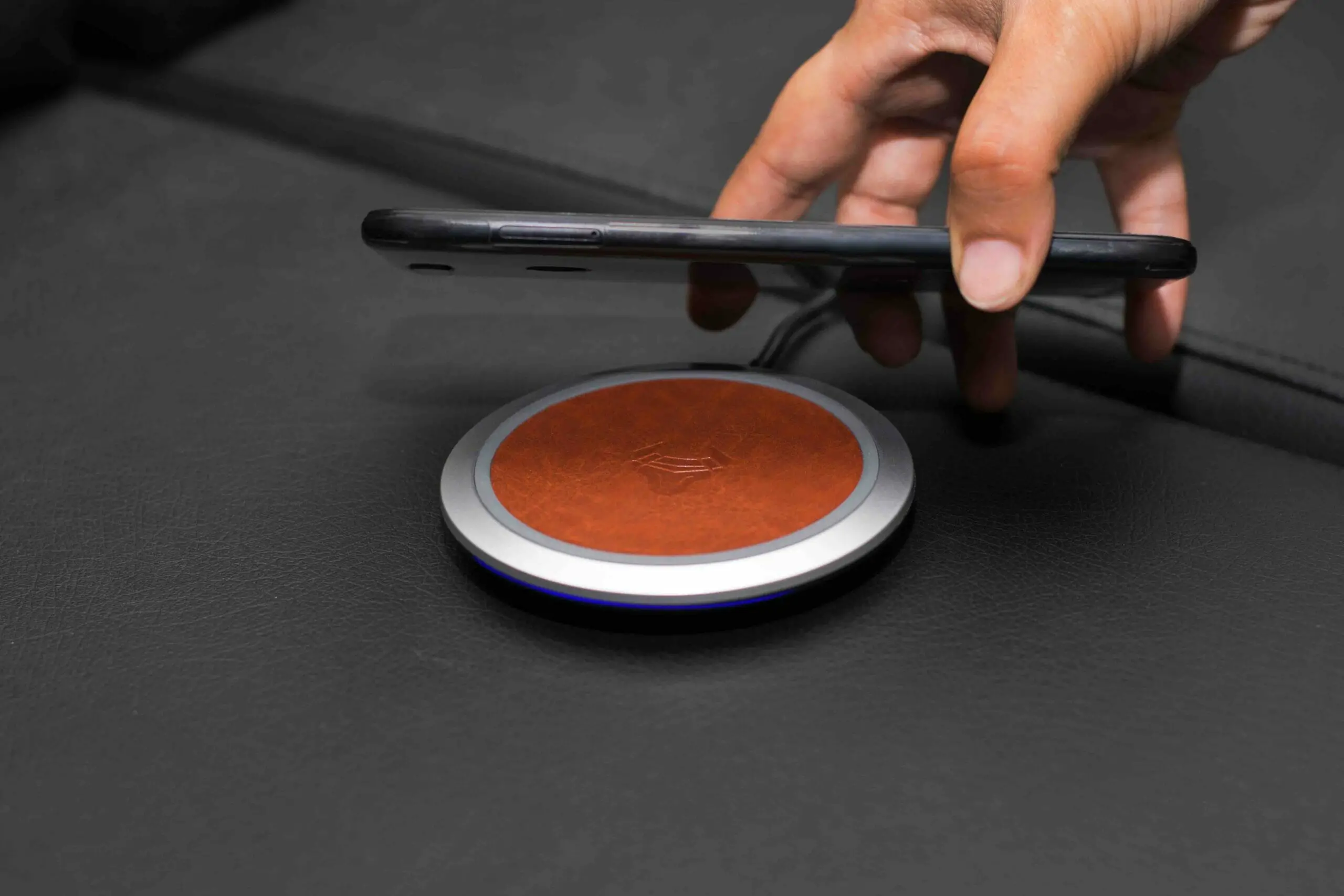Wireless chargers are sensitive devices. The charger’s connection may malfunction due to damage, high temperature, and even wrong phone placement. You can quickly address this by looking at the possible issues with your wireless charger.
I will go into these and more detail below.
Possible Issues with Your Wireless Charger
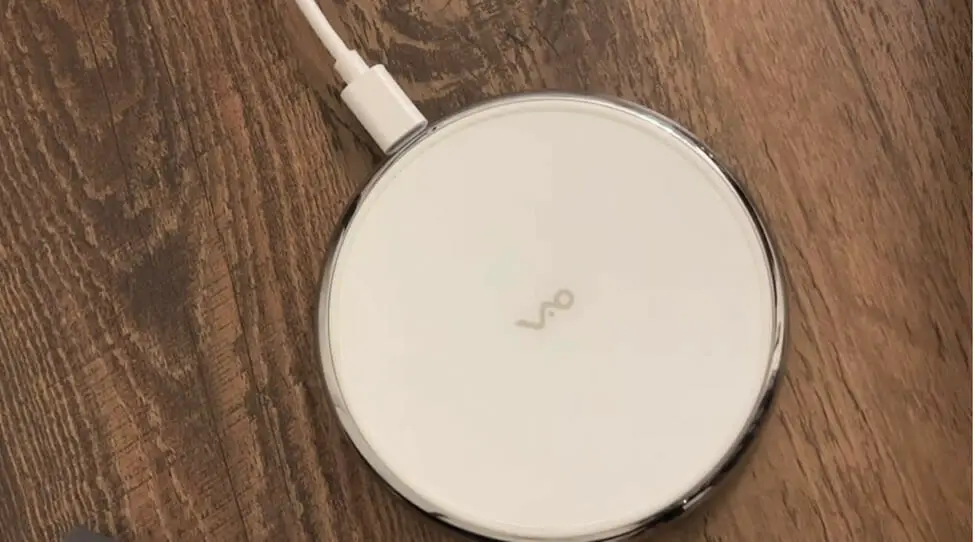
Damaged Charger
Your charger may look fine from the outside, but it could be suffering from internal damage.
A bent internal wire in the cable can interrupt the flow of electricity, or a burnt-out power adapter may no longer absorb current from the socket. On the other hand, damages to the charging pad are difficult to diagnose since it’s easily affected by issues with the other components.
Incompatible Charger
Your device may initially charge for a few minutes, then eventually stop charging if you’re using an incompatible charger.
Qi is currently the standard technology used in the majority of wireless chargers. The Qi method uses electromagnetic induction to charge compatible devices on the charging coils. Most major phone manufacturers like Apple, Samsung, and Sony have integrated this technology into their latest models.
The difference in power requirements causes charger incompatibility.
For example, Oppo and Honor use high-voltage wireless chargers. This results in faster charging rates – even when compared to those made by major names – however, this causes incompatibility with third-party manufacturers.
Outdated technology also causes charger incompatibility.
Phones and wireless chargers are improving with every passing year, and, as such, each device may have different requirements from its older or latest iteration. Using a newer charger for an older phone or vice versa may cause malfunction due to the difference in voltage and watts. The phone may automatically discharge itself from the charger, or the circuit may burn out, causing recharging issues to arise.
Outdated System Software
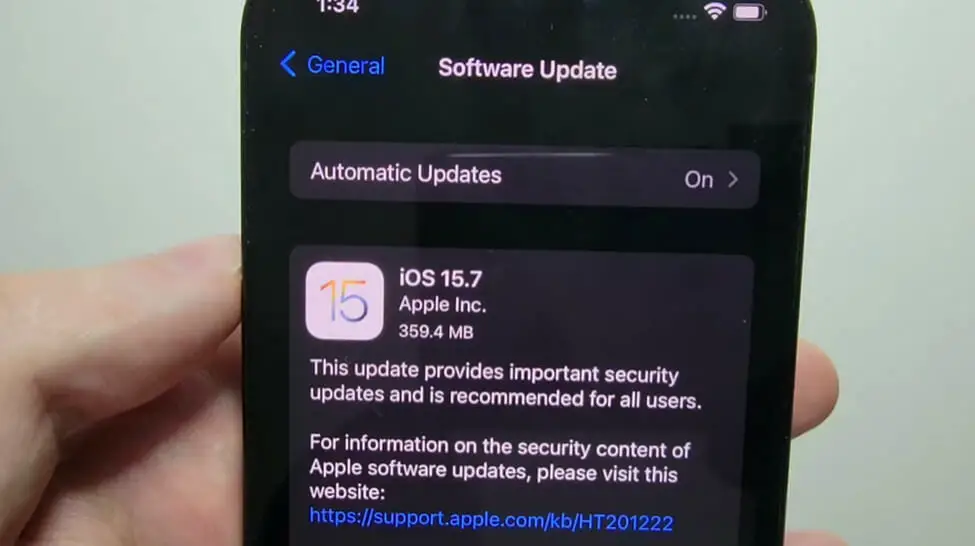
Wireless chargers tend to be fussier than traditional ones since they are also affected by the device’s operating system.
Some manufacturers require users to update their devices on the latest operating system to keep them compatible with wireless chargers. Moreover, updates sometimes come with patches for battery/charging issues to ensure that your phone stays in top shape.
A quick system update through your phone’s settings should quickly fix this issue.
Phone Temperature is Too High
Newer phones are designed to stop charging if they reach a high internal temperature.
Any device will naturally start to warm up while it charges. On another note, devices charged wirelessly tend to heat up faster since they’re less efficient than charging cables. The heat from the charging pad may even transfer to the device. This will trigger the overheating prevention on some devices and temporarily stops them from charging until it cools down.
Remove the phone from the charging pad and wait for it to cool down. You can resume charging once the phone doesn’t feel warm in your palm.
Wrong Phone Placement
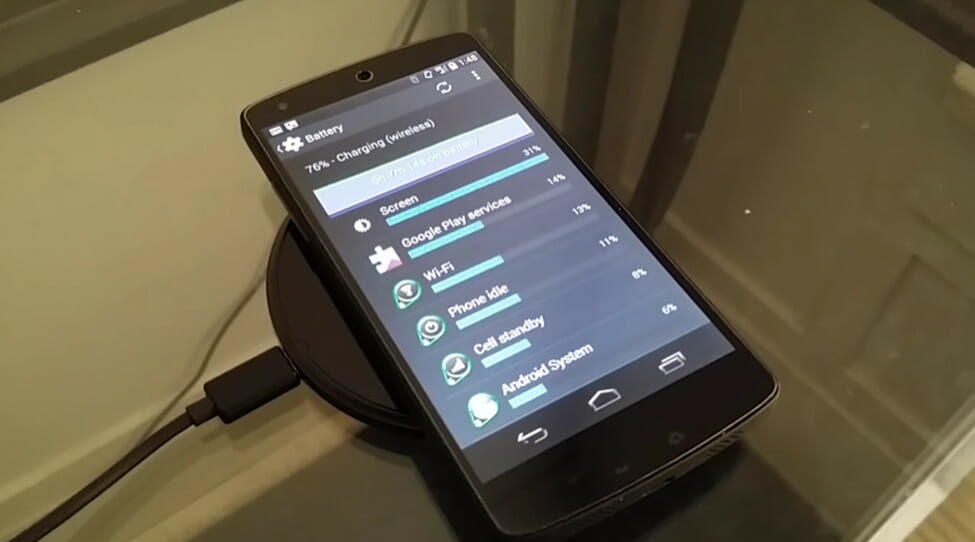
Wireless chargers are very sensitive with how you place the device on it.
The charger’s coils must line up with the phone to effectively recharge it. Users generally have to position their phones in the center of the charging pad – where the coils are typically located. Moving the phone, even a few millimeters, can interrupt the charging cycle.
Thankfully, newer wireless chargers have multiple coils scattered inside the charging pad. This removes the strict device positioning and allows the device to be charged anywhere on the pad. Some models even use magnets to align your device to the charger automatically.
Try repositioning the phone in the center to see if it resumes charging.
Interference From the Phone Case
Thick cases and those made from specific materials may cause interference between the wireless charger and the phone.
Your device needs to be placed directly on top of the charging coils. Wireless chargers can tolerate a few millimeters of added thickness from a phone case, but it has limits. Thick cases might slow the charging cycle or even stop it entirely.
Purely metallic cases can disrupt the connection to the charger.
Wireless chargers use electromagnetic induction to transfer energy. The electromagnetic connection may fail to reach your phone when another metallic layer is added in between. Fortunately, smaller metallic pieces and segments on the case shouldn’t interfere with the charging cycle.
Try removing the case and placing the phone on the charging pad to see if it charges again.
Interference Caused by a Wired Charger
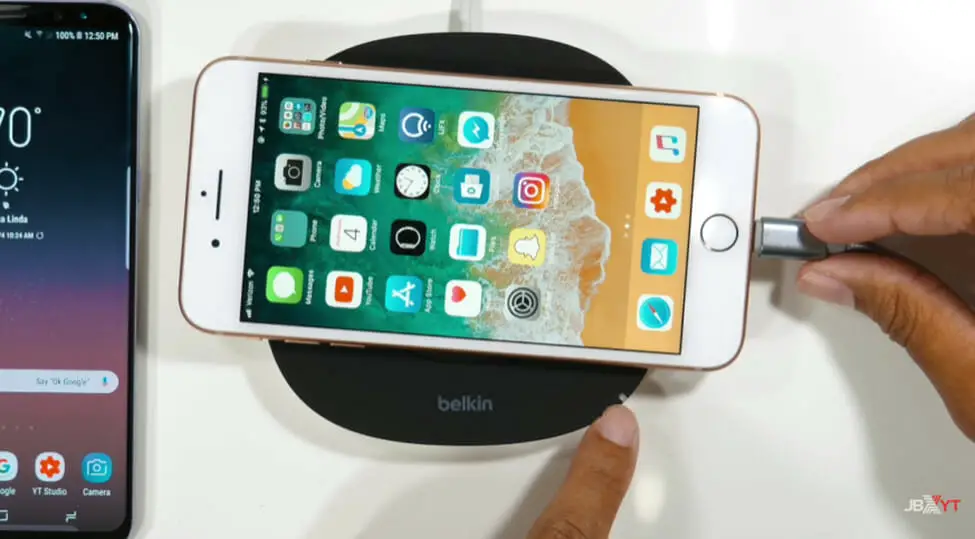
Connecting a charging cable while wirelessly charging your phone won’t recharge it faster – if anything, it will just interfere with the wireless charger.
Phones only allow one type of charging method at a time to prevent overloading. It will prioritize the charging cable and immediately stop wirelessly charging. This is because the cable is in contact with the phone’s gold-plated connectors allowing for direct energy transfer.
Checking Up on Your Wireless Charger
If the issue doesn’t lie within your phone, testing the wireless charger for any malfunctions is the next best thing to do.
There are three main components to check on your wireless charger:
- Wireless Charger Pad
- Power Adaptor
- Charging Cable
Issues on the charging pad are difficult to examine since they may stem from the other components rather than the pad itself. A better way of checking on your charger is to check the other components first.
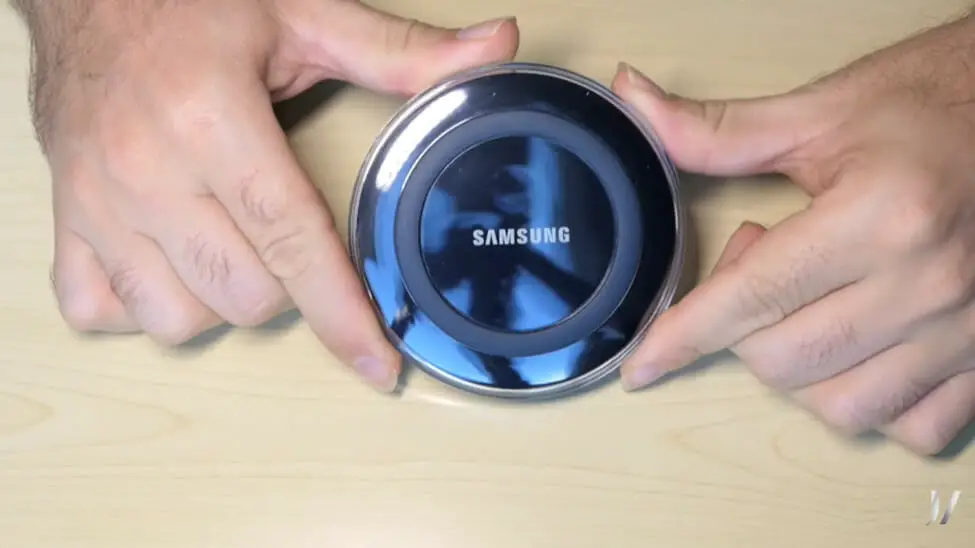
Disconnect the original power adaptor and replace it with a compatible one. If no problems or improvements arise after testing the wireless charger, then you can move on with examining the charging cable.
By charging cable, we mean the cord connecting the power adaptor and charging pad. Like before, temporarily replace the cord and look for changes to the charger.
If you still don’t see any improvements with your charger after testing the power adaptor and cable, the issue probably lies within the charging pad. It’s generally recommended to bring this component to a service center or specialist for further examination.
References
Design of a Qi Wireless Charging Device – PCH International. https://www.pchintl.com/wp-content/uploads/2021/04/PCH-Wireless-Charging-Device.pdf
Video References
DIY Pinto
Tech Tips
wwjoshdew
Jeffrey Bowens
Just Vlad

